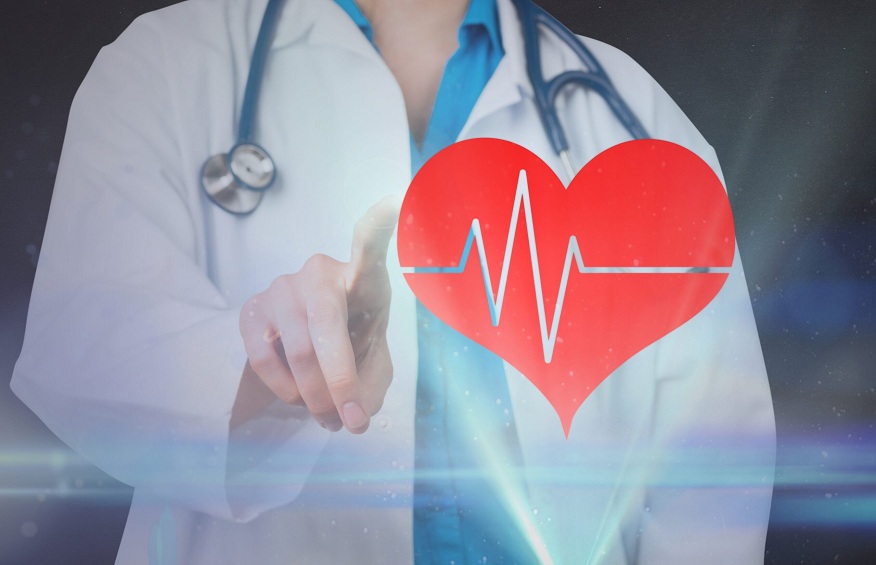The Influence of Technology in Cardiology
Picture this: an Upper East Side atrial fibrillation patient, heart pounding in an erratic beat, lost in the maze of skyscrapers. The fear of the unknown is a chilling adversary. In the past, this would be a frightening scenario. Yet, with today’s technology, the landscape of cardiology has dramatically transformed. This blog will take you on a journey to explore how technology has become a game-changer for heart doctors and their patients, especially those grappling with conditions like atrial fibrillation.

Cardiology Enters the Digital Age
Once upon a time, cardiology was about stethoscopes, EKGs, and the trained ear of the doctor. Now, it’s about smartphones, wearables, and big data. These are not just fancy tools – they save lives. They allow doctors to spot danger before it becomes deadly. They provide peace of mind for patients and their families.
The Power of Remote Monitoring
Imagine a device that can detect a heart problem before you even feel it. That’s what remote monitoring does. It’s like having a cardiologist in your pocket. You can go about your day while your device keeps an eye on your heart. It’s not science fiction – it’s today’s reality.
AI: The New Team Member in Cardiology
Artificial Intelligence (AI) is not replacing doctors. It’s supporting them. It’s like having a brilliant assistant who never sleeps. AI can analyze vast amounts of data in a flash. It can spot patterns that a human might miss. It’s a game-changer in the fight against heart disease.
The Future is Here
Technology is reshaping cardiology in ways we could only dream of a few years ago. For the Upper East Side atrial fibrillation patient, it means faster diagnosis, better treatment, and a higher quality of life. For doctors, it means more tools to fight the number one killer globally – heart disease.
Conclusion
The influence of technology on cardiology is profound and far-reaching. It’s not just about new gadgets. It’s about saving lives, empowering patients, and supporting doctors. Technology is transforming fear into hope. It’s turning patients into active participants in their own health. It’s not just a trend – it’s a revolution. And, it’s just the beginning.
